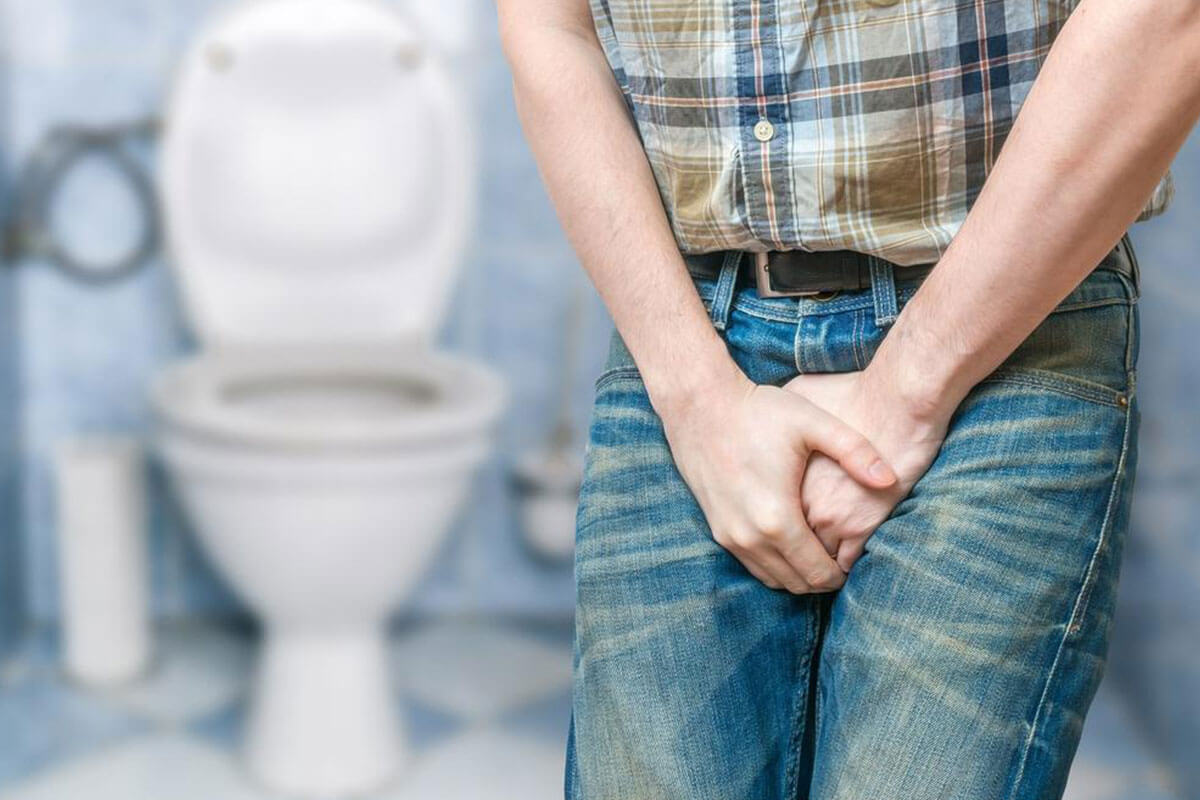Recognizing the Key Symptoms of Overactive Bladder
This article outlines the main symptoms of overactive bladder, highlighting the importance of recognizing signs like urgency and frequent urination. It emphasizes the need for medical consultation for proper treatment, especially for at-risk groups such as women and seniors, to enhance quality of life.

An overactive bladder (OAB) is characterized by a sudden, urgent need to urinate that can lead to frequent bathroom visits. Affecting more than 33 million people in the United States, it is a common urinary disorder. OAB can interfere with daily activities, causing emotional issues such as anxiety and depression, and may lead to sleep disturbances. Typical signs include intense, uncontrollable urges to urinate, urination more than eight times a day, accidental leakage, leakage during physical exertion, and waking up at night to urinate (nocturia). Women after pregnancy, older adults, and those with illnesses like diabetes or neurological conditions are more at risk. Seeking medical advice is essential for effective management and improved quality of life.


